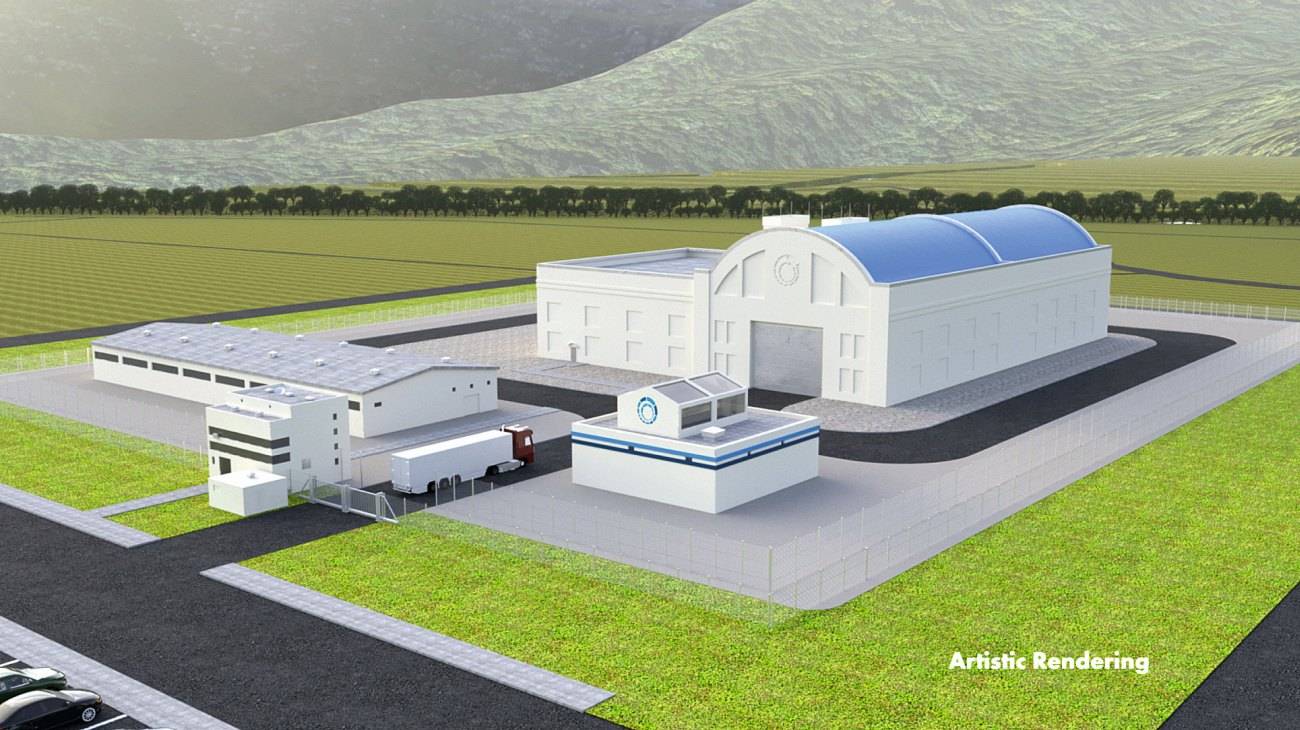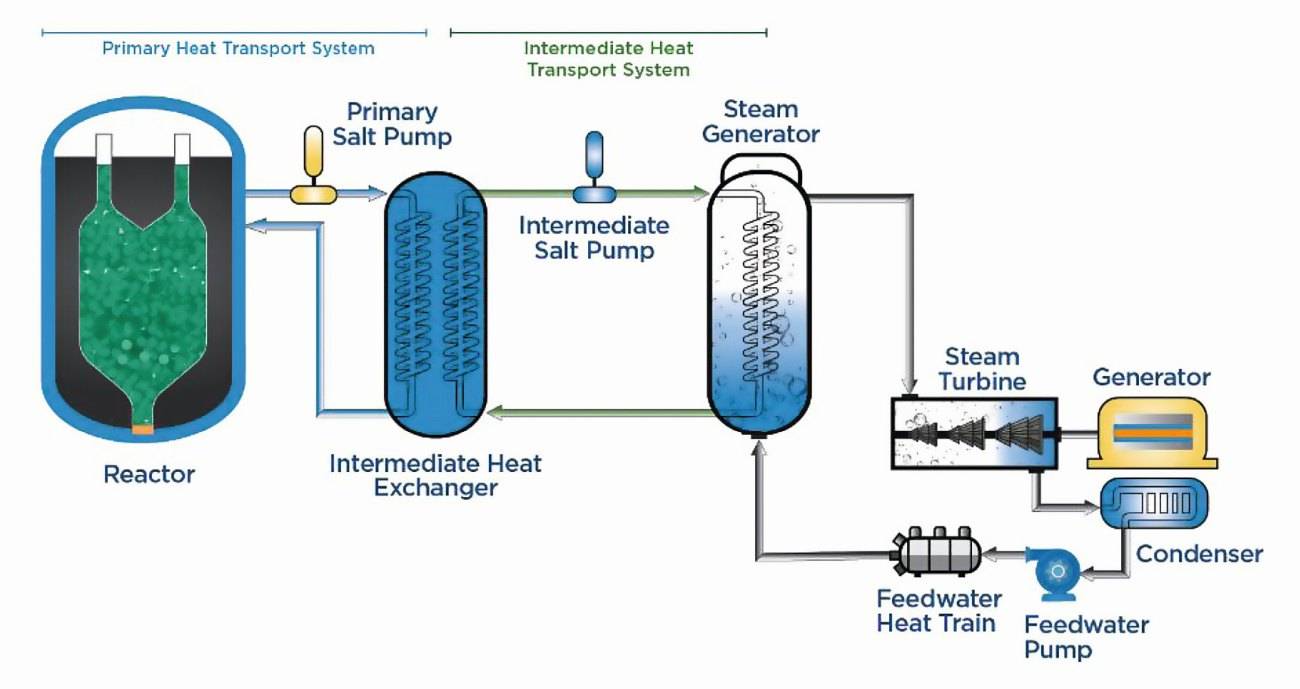Diamonds are Forever
"Diamonds are Forever" has long been the advertising slogan of the De Beers company - and what woman doesn't look more attractive when diamonds sparkle in her ears! De Beers has long been 85% owned by the mining giant Anglo American. The remaining 15% is held by the government of Botswana. Anglo has now decided to sell the company. The development of artificial diamonds, which are produced by chemical vapor deposition (CVD), has undoubtedly contributed to this decision.
In the last two years, the price of rough diamonds has fallen by 25%, largely due to the growth of CVD diamonds. The technology for producing CVD diamonds continues to improve, so the cost of producing them will continue to fall. The USA and Germany will certainly be among the main producers. As only a well-equipped laboratory is able to differentiate between natural and CVD diamonds, it is likely that diamond mining will slowly become less important. Botswana will be a big loser, as will the Russian company Alrosa, the world's largest producer of natural diamonds. Many thousands of miners will lose their jobs.
Is there a lesson to be learned from this? I think so. As the world develops alternative products and processes such as energy sources, the market for older products and processes such as fossil fuels will shrink - and perhaps one day disappear. As the market for fossil fuels shrinks, the "per unit" price will fall and producing countries will sell smaller quantities at lower unit prices. We know which countries will be the losers - Russia, various Middle Eastern states, Australia, Indonesia et al. The leaders of these countries can see that change is coming - but can they do anything about it?
The drums of war
Electroplaters are an important part of the manufacturing industry - we are not military men. But some of us, in our industry, are involved in the manufacture or repair of military equipment - and in that sense, the technology of warfare is important to us. Also, the old Bible passage - swords into plowshares - remains true. Thankfully, we are not currently at war in Europe. But the events in Ukraine and also in Israel/Gaza teach us what modern warfare looks like. And the most important advance in modern warfare is without question the development of the drone. Or should we say the development of different types of drones. Some carry only cameras, others carry explosives. Some are "disposable" drones, others are designed to return to their base. Figure 1 shows a Ukrainian soldier remotely controlling a drone from a bunker.
 Fig. 1: A soldier controls a drone by remote control
Fig. 1: A soldier controls a drone by remote control
According to Ukrainian General Pavliuk, medium and short-range drones are now killing more soldiers (on both sides) than any other weapon. Soldiers try to hide - but military vehicles, including armored cars, are harder to spot. Armored cars are harder to hide, and in recent months hundreds of Russian military vehicles have been destroyed by drones. The UK's Royal United Service Institute estimates that Ukraine loses around 10,000 drones every month. The Ukrainian 95th Brigade uses (and loses) about 500 drones a month. But drones are not expensive. An FPV (first person view) drone costs around 500 US dollars each. In contrast, a US GPS-guided artillery shell costs around 100,000 US dollars. An American Javelin missile costs around 80,000 US dollars. Last December, President Zelensky promised that Ukraine would produce one million drones per year by 2024. The so-called "Vampire" drone (a hexacopter with 6 rotors) was originally developed for farmers. Today it is used as a medium-range bomber and is unofficially known as "Baba Yaga" from Slavic folklore. Both Ukraine and Russia manufacture hundreds of thousands of drones every month, and the latest drones - such as the Saker Scout or the Autel EVO Max 4T - are equipped with AI, which means they no longer rely on GPS and are less vulnerable to electronic attack.
Another weapon being used for the first time is the so-called "glide bomb". This is a conventional bomb, but equipped with wings and electronic control (see Fig. 2). However, they are carried by conventional aircraft and then dropped in gliding flight to their targets up to 70 kilometers away. This allows them to be dropped safely from Russian airspace. While a cruise missile can cost up to one million dollars, the cost of a glide bomb is estimated to be only around 20,000 dollars. The concept is not new, and a simpler version was used in World War II, the SD 1400 X from Ruhrstahl or BV246 "Hagelkorn" from Blohm and Voss. Glide bombs can carry a ton of explosives - sometimes more - and are very difficult to intercept and destroy.
 Fig. 2: A new Russian glide bomb with a longer range
Fig. 2: A new Russian glide bomb with a longer range
Apart from drones and glide bombs, the other major development in military technology that I have already discussed is the high-powered laser that can destroy incoming missiles - and at very low cost. The war in Ukraine and, to a lesser extent, the events in Gaza show us here in the West what the future could hold. This gives us a chance to prepare for a possible future. We see that fighting a war is in many ways an "economic battle". But are we doing enough to protect ourselves? Most European countries spend far less than the 2% targeted by the GNP. I won't name and shame them here - the data is readily available on the internet. But we have been warned! Crimea... Ukraine - where will Putin strike next?
AI - the battle continues
Every week we read about new applications of AI - and many of them promise to improve our quality of life. But some companies feel threatened, especially in the so-called "creative industries". In recent weeks, Sony Music has written to around 700 AI companies, including Google, Microsoft and Meta, accusing them of using their artistic content without their consent and asking them to disclose how and where they have done so. In a few weeks, the EU AI law will come into force. It will require AI companies to disclose what material they have downloaded to create their "large language models" and how they have used it to create their own products. The new law requires these companies to comply with EU copyright law. I believe that this whole issue will be very controversial. In most cases, the text, music or visual art produced by AI is completely new and does not violate traditional copyright law. Sometimes you can see how an AI-produced product has been influenced by previous works - but is that copyright theft? I believe that our industry will be little affected by all this, including our publishing house. But we will read about it all the time and it will be "golden times" for lawyers.
Cheaper solar cells
The cost of solar cells has continued to fall in recent years. However, there is one development that will lead to a further price reduction once it becomes established. This is the introduction of "roll-to-roll" printing of perovskite-based solar cells. New ink formulations developed by CSIRO Manufacturing in Australia are now making this possible. Depositing the perovskite solution onto a continuously moving conveyor belt at the correct temperature. The main problem is to ensure that each layer is completely dry before the next layer is deposited on top. The solar cells deposited in this way showed an efficiency of up to 15.5 %. The key to success lay mainly in the way the solutions were sprayed onto the surface and in the drying processes, and whether they were sprayed from the side or from above. A very detailed description of the work and the results is available online free of charge.
"The first demonstration of entirely roll-to-roll fabricated perovskite solar cell modules under ambient room conditions", Hasitha C. Weerasinghe and 18 co-authors. Nature Communications 12. vol. 15, (2024), 1656. https://doi.org/10.1038/s41467-024-46016-1
Nuclear energy on the rise
The Californian company Kairos Power Inc. has received approval to build the world's first molten salt-cooled fission reactor. Its so-called Hermes technology uses molten fluoride instead of water. The company has also developed a new type of uranium fuel and will now build a 100 MW plant in East Tennessee. Figure 3 shows the planned look of the plant, which is scheduled for completion in 2026.
 Fig. 3: Planned appearance of the Kairos plant
Fig. 3: Planned appearance of the Kairos plant
A molten salt of lithium and beryllium fluorides known as "flibe" will be used as the coolant and heat exchange medium. This molten salt is stable at 600 °C and above. In contrast, water-cooled reactors, which operate under pressure, have a maximum temperature of approx. 300 °C. The higher temperature not only leads to a higher thermal efficiency (2nd law of thermodynamics), but operation at ambient pressure is also safer and reduces construction costs. The fuel to be used is also new. The so-called TRISO (tri-structural isotropic particle fuel) is based on fuel pellets about the size of a tennis ball. The uranium is contained in a graphite-coated silicon carbide shell. This is safer than conventional fuel rods, as the uranium simply dissolves in the molten fluoride if the pellet breaks. Figure 4 shows the general flow chart and much of this new plant will be built in a factory rather than on site as is the case with most other new nuclear power plants. We seem to be approaching a new nuclear power era.
 Fig. 4: Flow chart of the Kairos "Hermes" nuclear power plant
Fig. 4: Flow chart of the Kairos "Hermes" nuclear power plant
Electric cars - a mixed picture
Electric cars are the future - nobody disputes that. But at the moment, many buyers of new cars in the UK and Europe are still opting for petrol or diesel. At the beginning of 2024, a 24% share of electric car sales was forecast. Now, almost halfway through the year, the predicted figure is 19.8% and Stellantis has reduced the price of most Peugeot, Fiat and Citroen cars by around 20%. Tesla, Honda and Chinese electric cars are also being sold at big discounts. Around 80% of e-car sales are to businesses rather than private buyers. British manufacturers have a particular problem. The government has demanded that 22% of all car sales must be electric by 2024 - and this percentage is increasing year on year. Manufacturers who fail to meet these targets will be heavily fined - and it seems unlikely that they will meet this quota. Will the UK government row back?
Self-driving electric vehicles
The UK government has announced that self-driving electric cars will be allowed on the roads by 2026. Technically speaking, this is the so-called "Level 4" stage of automation, where no one even has to sit in the driver's seat.
And yet - a recent opinion poll found that 38% of people would feel "very unsafe" in a driverless car, with a further 29% saying they would feel "somewhat unsafe". The last time there were problems in the USA was in December 2023. Two driverless cabs using Waymo technology crashed one after the other in Arizona and Waymo subsequently ceased operations. In November 2023, Cruise (a subsidiary of General Motors) recalled all 950 of its autonomous cars after an accident in San Francisco. All experts agree that driverless cars, trucks, buses and vans are coming. But when?
Editor's note: The political content printed in the "Letter from England" does not necessarily reflect the views of the publisher and editorial team, but is the personal opinion of the author.


